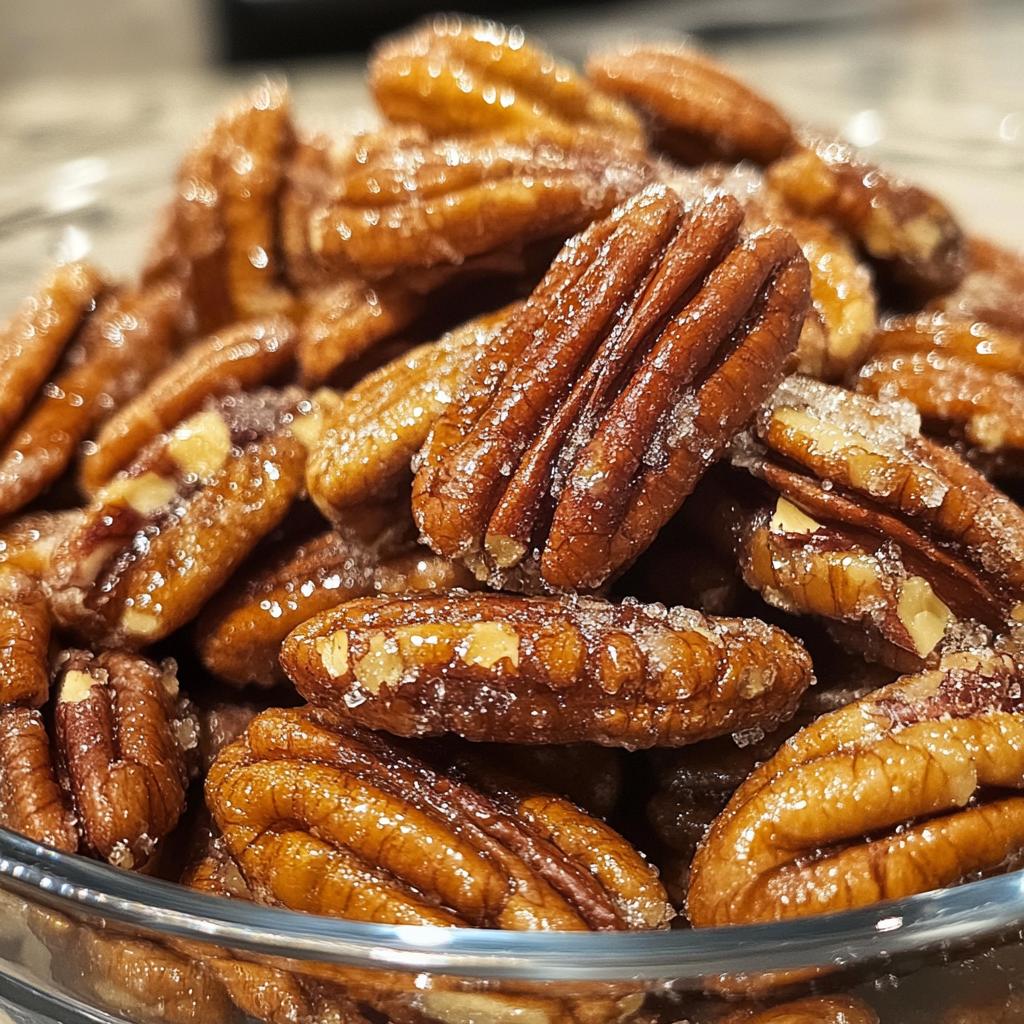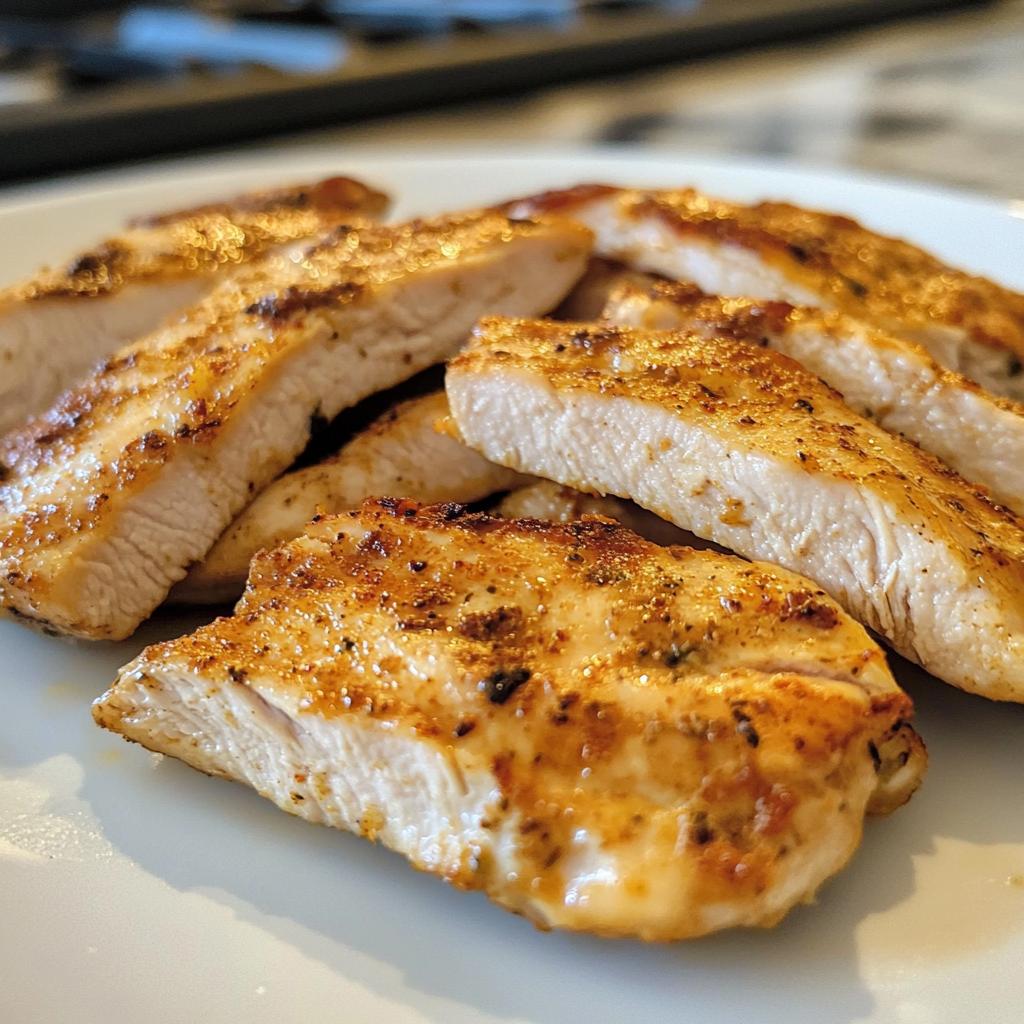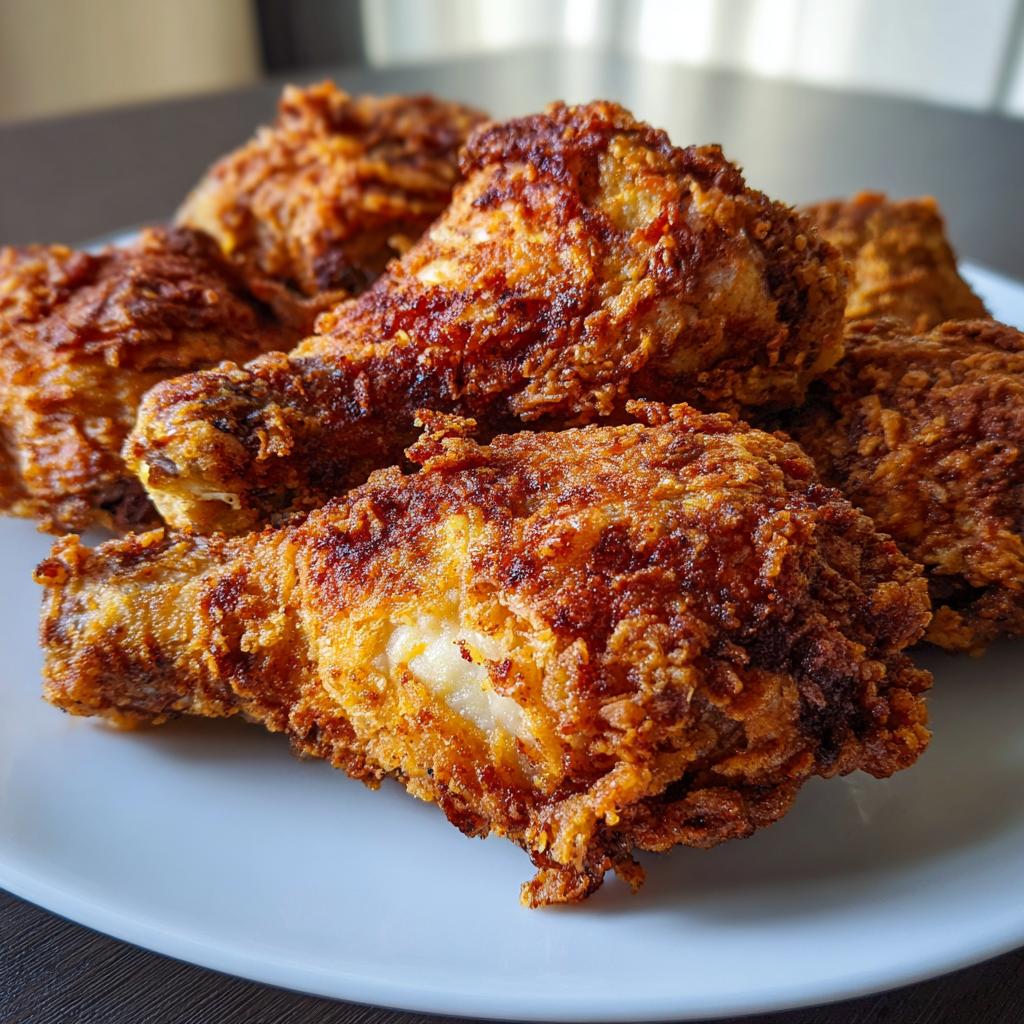Ah, Korean Bibimbap! Just saying it makes my mouth water. This vibrant mixed rice dish isn’t just a meal; it’s a celebration of colors and flavors that come together in perfect harmony. Originating from Korea, Bibimbap literally means “mixed rice,” and it’s often regarded as a national dish. Each ingredient tells a story, from the fresh vegetables to the savory meat and that delightful fried egg sitting right on top. Yum!

What makes Korean Bibimbap truly special is its beautiful balance of textures and tastes. You’ve got the crunch from the vegetables, the tender rice, and the rich flavor from the gochujang sauce, which adds a spicy kick that can be adjusted to your liking. And let’s not forget, this dish is not only delicious but also packed with nutrients – it’s a healthy meal that can be on your table in just 35 minutes!
Trust me, once you try making it at home, you’ll be hooked. It’s a fun dish to prepare and serve, making it perfect for family dinners or gatherings with friends. So, roll up your sleeves and let’s dive into the wonderful world of Korean Bibimbap!
Ingredients List
Gathering the right ingredients is key to making delicious Korean Bibimbap, and I promise it’s worth it! Here’s what you’ll need:
- 2 cups cooked rice: Use short-grain rice for the best texture; it’s stickier and holds everything together beautifully.
- 1 cup spinach, blanched: Fresh spinach adds color and nutrients; blanching helps keep that vibrant green color.
- 1 cup bean sprouts, blanched: These little guys provide a satisfying crunch and are packed with vitamins!
- 1 carrot, julienned: Thin strips of carrot add sweetness and a pop of color; don’t skimp on this!
- 1 zucchini, julienned: Zucchini is soft and mild, balancing out the more robust flavors.
- 4 mushrooms, sliced: Any mushrooms will do, but shiitake or button mushrooms work great for added umami.
- 1 cup ground beef or chicken: You can also use tofu if you’re going for a vegetarian option; it picks up all those delicious flavors!
- 2 eggs: Fried sunny side up, they add richness and make the dish even more comforting.
- 2 tablespoons gochujang: This Korean chili paste is the secret to that spicy kick; adjust to your taste!
- 2 tablespoons sesame oil: Adds a nutty flavor that ties everything together.
- Salt to taste: Just a pinch will do, but don’t forget to season each component as you cook!
Now that you have everything, let’s get cooking! Each ingredient brings something special to the table, so don’t skip any of them – trust me, it’ll be worth it!
How to Prepare Korean Bibimbap
Now that we’ve gathered all those fantastic ingredients, let’s dive into making your very own Korean Bibimbap! It’s a step-by-step journey that’s almost as delightful as eating it. Ready? Let’s go!
Step 1: Cook the Rice
First things first, we need to cook the rice! I always recommend using short-grain rice because it’s sticky and holds everything together like a warm hug. Rinse 2 cups of rice under cold water until the water runs clear to remove excess starch. Now, add the rinsed rice to a pot with 2 ½ cups of water. Bring it to a boil, then cover it and reduce the heat to low. Let it simmer for about 18-20 minutes. When it’s done, turn off the heat and let it sit, covered, for another 10 minutes to steam. Fluff it up with a fork before serving – it should be soft and perfectly cooked!
Step 2: Prepare the Vegetables
Let’s bring those vibrant veggies to life! Start by blanching the spinach and bean sprouts. Bring a pot of water to a boil and drop in the spinach for just 30 seconds. Fish it out and immediately submerge it in ice water to stop the cooking – this keeps it bright green! Squeeze out any excess water, then toss it with a sprinkle of salt and a dash of sesame oil.
Now for the bean sprouts! Blanch them in the same boiling water for about 2 minutes, then also plunge them into ice water. Season them with a pinch of salt and a splash of sesame oil too – keep that flavor consistent! Next, grab your carrot and zucchini. Julienne them into thin strips. The trick here is to cut them evenly so they cook at the same rate. You can season these lightly with salt while you stir-fry them later.
Step 3: Cook the Meat
Time to get that protein in! Heat a skillet over medium-high heat and add a splash of oil. Toss in 1 cup of ground beef or chicken and season it with salt and pepper. Cook it until it’s browned and fully cooked through – about 5-7 minutes should do the trick. If you’re using tofu instead, just crumble it in and sauté until golden. You want it to soak up all those delicious flavors!
Step 4: Fry the Eggs
Ah, the crowning glory! In the same skillet, reduce the heat to medium and crack in 2 eggs. Fry them sunny side up for about 3-4 minutes, or until the whites are set and the yolks are still runny. This is where the magic happens – that oozy yolk will mix beautifully with the rice and veggies when you dig in!
Step 5: Assemble the Dish
Now comes the fun part! Grab a large bowl and start with a generous scoop of your cooked rice as the base. Then, artfully arrange the blanched spinach, bean sprouts, julienned carrots, zucchini, and sautéed meat on top of the rice. Make sure to leave a little room in the center for that glorious fried egg! Place the egg right on top and drizzle with about 2 tablespoons of gochujang sauce. You can adjust the amount based on how spicy you like it – go wild! Give it a gentle toss before serving to mix those flavors together, or leave it beautifully layered for presentation. Either way, you’re in for a treat!
Nutritional Information
Now, let’s talk about the goodness packed in this delightful bowl of Korean Bibimbap! Each serving is not only satisfying but also comes with a nice balance of nutrients. Here’s a quick look at the estimated nutritional values:
- Calories: 550
- Fat: 20g
- Saturated Fat: 4g
- Unsaturated Fat: 10g
- Trans Fat: 0g
- Cholesterol: 150mg
- Sodium: 600mg
- Carbohydrates: 80g
- Fiber: 5g
- Sugar: 3g
- Protein: 20g
Keep in mind that these values are estimates and can vary based on the specific ingredients you use and portion sizes. But let’s be real – with such a colorful mix of veggies and wholesome ingredients, you’re feeding your body something truly nutritious. Enjoy every bite, knowing it’s not just delicious but also good for you!
Why You’ll Love This Recipe
- Quick and Easy: You can whip up this Korean Bibimbap in just 35 minutes, making it perfect for busy weeknights or last-minute gatherings!
- Flavor Explosion: With a delightful mix of fresh vegetables, savory meat, and that spicy gochujang sauce, every bite is packed with flavor. Trust me, your taste buds will thank you!
- Healthy and Nutritious: This dish is loaded with vitamins and minerals from the vegetables and offers a great balance of protein, making it a healthy meal option for everyone.
- Customizable: You can easily swap out the vegetables or proteins based on what you have on hand or your personal preferences. Vegetarian? No problem! Tofu is a fantastic option!
- Fun to Assemble: Layering the ingredients into a beautiful bowl is not only satisfying but also makes for a stunning presentation. It’s like art on a plate!
Tips for Success
Alright, let’s make sure your Korean Bibimbap turns out absolutely fantastic! Here are some tried-and-true tips that I swear by, plus a few handy substitutions to keep in mind:
Use Fresh Ingredients
Fresh vegetables truly make a difference in flavor and texture, so if you can, hit up your local farmer’s market! The vibrant colors and crispness of fresh produce will elevate your dish. If you’re in a pinch, though, frozen veggies can work in a bind, just be sure to thaw and drain them well before cooking!
Don’t Skip the Seasoning
Each component deserves a little love! Season your veggies and meat as you cook. A pinch of salt and a drizzle of sesame oil can go a long way in enhancing the flavors. Don’t be shy – taste as you go! You want everything to shine individually before they come together in the bowl.
Customize Your Protein
If ground beef or chicken isn’t your thing, no problem! You can totally use tofu, shrimp, or even sliced beef. For a vegetarian option, marinated tempeh or seitan make great substitutes, too. Just be sure to adjust cooking times according to your chosen protein for the best results!
Adjust the Spice Level
Everyone has different spice thresholds, so feel free to tweak the gochujang! You can mix it with a bit of water or soy sauce to tone it down if you find it too spicy. Alternatively, adding a dash of honey can balance the heat beautifully. Just remember, you can always add more, but you can’t take it away!
Layer with Love
When assembling your Bibimbap, take your time to arrange the ingredients beautifully. It’s all about the presentation, and trust me, your efforts will pay off when everyone gathers around the table. Plus, it makes for an Instagram-worthy shot if you’re into that sort of thing!
Save Some for Later
This dish is perfect for meal prep! You can cook a big batch and store the components separately in the fridge. Just keep the gochujang sauce separate until you’re ready to serve. Reheat the rice and toppings gently in the microwave or on the stovetop, and enjoy a delicious homemade meal throughout the week!
With these tips in your back pocket, you’re all set to make a stunning Korean Bibimbap that will wow your friends and family. Happy cooking!
Variations on Korean Bibimbap
The beauty of Korean Bibimbap lies in its versatility! You can easily switch up the ingredients to match your taste preferences or whatever you have on hand. Here are some fun variations to consider:
Vegetable Swaps
- Broccoli or Cauliflower: These veggies can be steamed or sautéed for a delightful crunch. They add a lovely texture and absorb flavors beautifully.
- Red Cabbage: Thinly sliced red cabbage adds a pop of color and a slightly sweet crunch. You can blanch it or use it raw for extra crispness.
- Bell Peppers: Sliced bell peppers are a fantastic addition! They bring sweetness and vibrant colors to your dish. Try a mix of colors for visual appeal.
- Kimchi: For a spicy kick, add some kimchi! It brings a tangy, fermented flavor that complements the other ingredients perfectly.
Protein Options
- Tofu: Firm tofu, cubed and sautéed, makes for a great vegetarian option. Marinate it in soy sauce for extra flavor before cooking!
- Chicken Thighs: Swap ground chicken for diced chicken thighs for a richer taste. Just season and cook them until golden brown.
- Seafood: For a different twist, try shrimp or scallops. They cook quickly and add a lovely briny flavor that pairs well with the other ingredients.
- Egg Substitute: If you’re looking for a vegan option, skip the egg or use a chickpea flour scramble to mimic that eggy texture.
Different Sauces
- Spicy Sesame Sauce: Mix sesame oil, soy sauce, and a bit of chili paste for a zesty alternative to gochujang.
- Peanut Sauce: A creamy peanut sauce can add a delightful twist. Just whisk together peanut butter, soy sauce, lime juice, and a touch of honey.
- Yuzu Dressing: A citrusy yuzu dressing can brighten up the flavors. Combine yuzu juice with a little soy sauce and sesame oil for a refreshing zing.
Feel free to get creative and mix and match these variations to make your Korean Bibimbap truly your own. Each twist brings a unique flavor profile that keeps the dish exciting every time you make it. Enjoy the journey of discovering your perfect bowl!
Serving Suggestions
Now that you’ve whipped up a stunning bowl of Korean Bibimbap, let’s talk about what to serve alongside it for a complete and satisfying meal! You know I love to create a little spread that really complements the main dish. Here are some of my favorite side dishes and beverages that pair beautifully with Bibimbap:
Side Dishes
- Kimchi: You can’t go wrong with this classic Korean side! The tangy, spicy flavors of kimchi add depth and acidity that balance the richness of the Bibimbap. Plus, it’s packed with probiotics!
- Korean Pickled Radish (Danmuji): These bright yellow pickled radish slices are crunchy, slightly sweet, and super refreshing. They cleanse your palate and add a nice contrast to the dish.
- Steamed Broccoli or Bok Choy: Lightly steamed greens add a nutritious touch and a lovely green contrast to your colorful Bibimbap. Just a sprinkle of sesame seeds on top adds an extra flair!
- Spicy Cucumber Salad: Thinly sliced cucumbers tossed in a spicy sesame dressing provide a refreshing crunch. It’s light, zesty, and really complements the heartiness of the main dish.
Beverage Pairings
- Korean Soju: For an authentic experience, serve your Bibimbap with a chilled bottle of soju. It’s a smooth, mild spirit that pairs well with the flavors of the meal.
- Barley Tea (Mugicha): This nutty, toasty tea is a wonderful non-alcoholic option. It’s refreshing and helps cleanse the palate between bites!
- Green Tea: A warm cup of green tea is a soothing complement, enhancing the flavors without overpowering them. It’s also a great way to wrap up your meal!
With these delightful sides and beverages, you’re all set for a fantastic dining experience that truly highlights the essence of Korean cuisine. Enjoy every bite and sip, and don’t forget to share with your loved ones – it’s all about the joy of good food together!
Print
Korean Bibimbap: 7 Flavorful Secrets for Perfect Harmony
- Total Time: 35 minutes
- Yield: 2 servings 1x
- Diet: Vegetarian
Description
Korean Bibimbap is a mixed rice dish topped with vegetables, meat, and a fried egg. It is served with gochujang sauce for added flavor.
Ingredients
- 2 cups cooked rice
- 1 cup spinach, blanched
- 1 cup bean sprouts, blanched
- 1 carrot, julienned
- 1 zucchini, julienned
- 4 mushrooms, sliced
- 1 cup ground beef or chicken
- 2 eggs
- 2 tablespoons gochujang
- 2 tablespoons sesame oil
- Salt to taste
Instructions
- Cook rice and set aside.
- Blanch spinach and bean sprouts, then season with salt and sesame oil.
- Stir-fry carrots and zucchini until tender.
- Sauté mushrooms until cooked.
- Cook ground beef or chicken with salt and pepper.
- Fry eggs sunny side up.
- In a bowl, place rice and arrange vegetables and meat on top.
- Add a fried egg and gochujang sauce before serving.
Notes
- Use fresh vegetables for better taste.
- Adjust spice level with more or less gochujang.
- Can substitute meat with tofu for a vegetarian option.
- Prep Time: 20 minutes
- Cook Time: 15 minutes
- Category: Main Dish
- Method: Stir-fry
- Cuisine: Korean
Nutrition
- Serving Size: 1 bowl
- Calories: 550
- Sugar: 3g
- Sodium: 600mg
- Fat: 20g
- Saturated Fat: 4g
- Unsaturated Fat: 10g
- Trans Fat: 0g
- Carbohydrates: 80g
- Fiber: 5g
- Protein: 20g
- Cholesterol: 150mg
Keywords: korean bibimbap, mixed rice, korean cuisine, healthy meal











